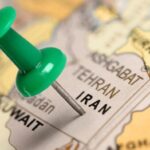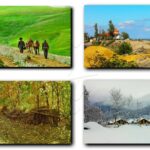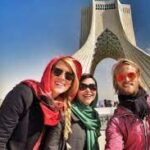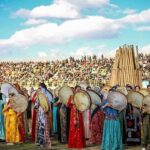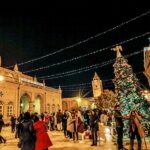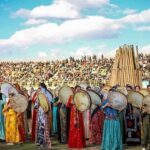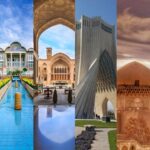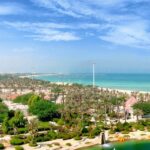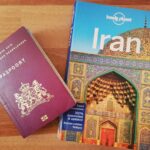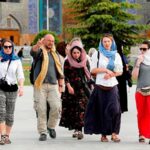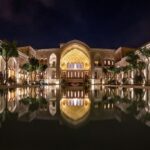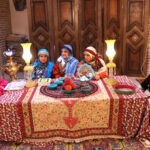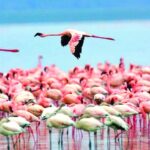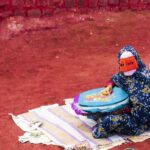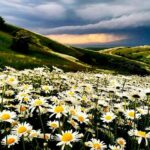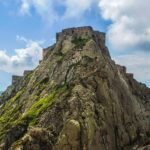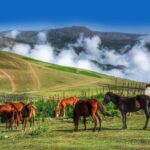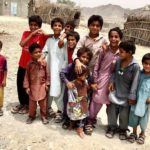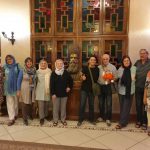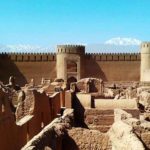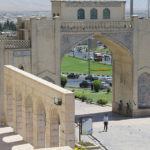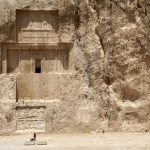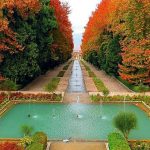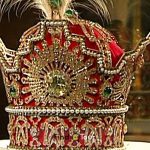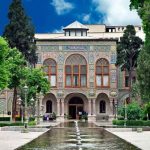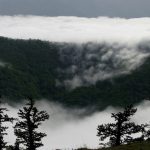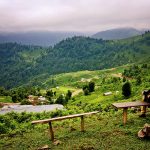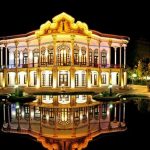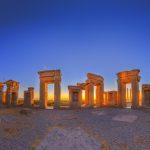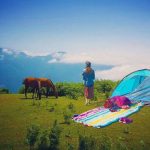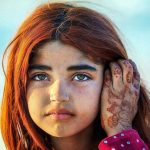For us, Kurdistan is reminiscent of Iranian history and civilization. A land that has been and is eagerly awaiting the welcome of tourists with its noble and kind people. If you are interested in Iran tourism, you know that Kurdistan is one of the best options for adventurous and nature tourists. Orman region and Bolbar village are also among the most famous tourist places in Kurdistan. This village is located in Shaliar district. Kurdistan province, despite the Ormanat tourism region, receives many tourists from all over the country and the world every year.
Bolbar village
Oraman region of Kurdistan
In Kurdistan province, there is a historical and cultural region that is famous as Oraman, which is actually a mountainous region in western Iran and eastern Iraq. The people of this area speak the original Horami language. This is one of the reasons why Oraman is famous among tourists. There are different theories about the word Oraman or Horaman. However, what is most documented dates back to Safavid times. But there are other theories about this ancient word. For example, some experts consider Horaman to be the land of Ahura. Also, some attributed it to the Horites. What is certain is that Kurdistan province, especially Oraman region and Bolbar village, are one of the most important nature tourism destinations in Iran in May.
The reason for naming the Bolbar village
Bolber is a Greek word. “Bol” means “God of Waters” and in the whole word “Bolbar” means “in front of water”. The name of this beautiful village, according to historians, was given by the elders of this village hundreds of years before Christ. Another reason for naming this village Bolbar is the abundance of water resources and springs and waterfalls in this area.
Bolbar village of Sarvabad
The historical village of Bolbar is located in the heart of the Zagros Mountains and in the Oramanat region of Kurdistan. This very beautiful village is actually the border between Kermanshah and Kurdistan provinces. Since the village of Bolbar is located in the ancient region of Oraman; It has a rich historical background. In addition to its historical background, Bolbar village has an extremely beautiful nature and exemplary culture. In fact, what makes tourists visit Bolbar village is the stepped architecture of the village, the pristine nature and the warm-hearted people.
Where is Bolbar village?
In terms of geographical location, this village is located in a valley with a relatively gentle slope compared to similar areas in Kurdistan. The access road to the village is through Sanandaj and Marivan road to Oramat Takht. Also, you can reach this beautiful area from Kermanshah and Paveh route to Javanroud. You can join our team, Iran Destination, and get more acquainted with this villages. Iran travel agency, Iran Destination, will organize your trip to Iran. You can offer your tailor-made trip to Iran or visit our programs on the Iran tour page. You can contact to our Iranian travel agency, our agents are online to answer all your questions.

Bolbar Kurdistan
Architecture of the village
Bolbar village has a stepped texture and traditional houses. This village, like the famous village of Masouleh in Gilan, has houses with stepped architecture and old texture. The houses are built on the slopes of Shahu Mountain in a stepped manner. This architectural feature has made the beam more attractive. The narrow alleys of Bolbar village and seeing its kind and warm-hearted people will create memorable moments for you.

The architecture of Bolbar village
Climatic and plant conditions of Bolbar Ormanat village
Due to its presence in the Kurdistan region, Bolbar village has a cold climate in autumn and winter, as well as a cool climate in the warm seasons. This area has a mild climate in general. It is one of the best places to travel in Iran. The vegetation of this village can be marshmallow, borage, anemone, licorice, mint, astragalus that have medicinal and industrial uses. The agricultural area of the village is nineteen hectares and the area of its gardens is more than sixty hectares. Wheat, barley, peas, lentils, berries, grapes. Apricot, walnut, peach and apple, oak, coriander. Millet, hawthorn, pears, cherries and figs are also in this beautiful village. The main product of this village is pomegranate.
Culture and dialect of the people of Bolbar village
The dialect of the people in the Horami language is one of the dialects of the Kurdish language. The people of this region have a rich culture and unparalleled originality. They have special rituals in each of their ceremonies, whether in happy ceremonies or in mourning ceremonies. Since the people are very kind and warm-hearted, a trip to this village is one of our suggestions to you. The local clothes of the people in this village are the same as in other parts of Kurdistan province.
Occupation of the people of Bolbar village
The people in this village are engaged in animal husbandry, kilim weaving, gardening, and agriculture, beekeeping. Garden products in this village, especially pomegranate, are exported to other parts of the country as well as neighboring countries.
Spring of Bolbar village
A river called Cham Garan which originates from Sirvan river. Sirvan River is the longest river in Kurdistan, Kermanshah and Horaman. Which divides the Oraman region into two parts. In Bolbar village, in addition to Chamgaran river, there is a local spring called “Le Saji” which is one of the tourist attractions of the village.
Location of the village
This village is located 70 km from Marivan and 7 km from Orman Takht. This village is located on the border between Kermanshah and Kurdistan provinces in the Ormanat region. Our suggested route from Tehran to Saveh and Hamedan, then go to Sanandaj to reach Bolbar village.
Oramanat village (Oraman Takht)
Oman Takht village, which is located in Oramanat region. This village is one of the most beautiful mountainous areas of Iran and the sights of Kurdistan province. Sirvan and Layla rivers that pass through this village. This beautiful village, in addition to being mountainous, has large and lush forests. The type of design and construction of houses in the village of Oramanat is such that it is made of stone and is in the style of dry porcelain, which are built on top of each other in a stepped manner.






















